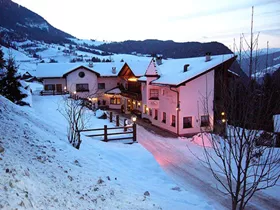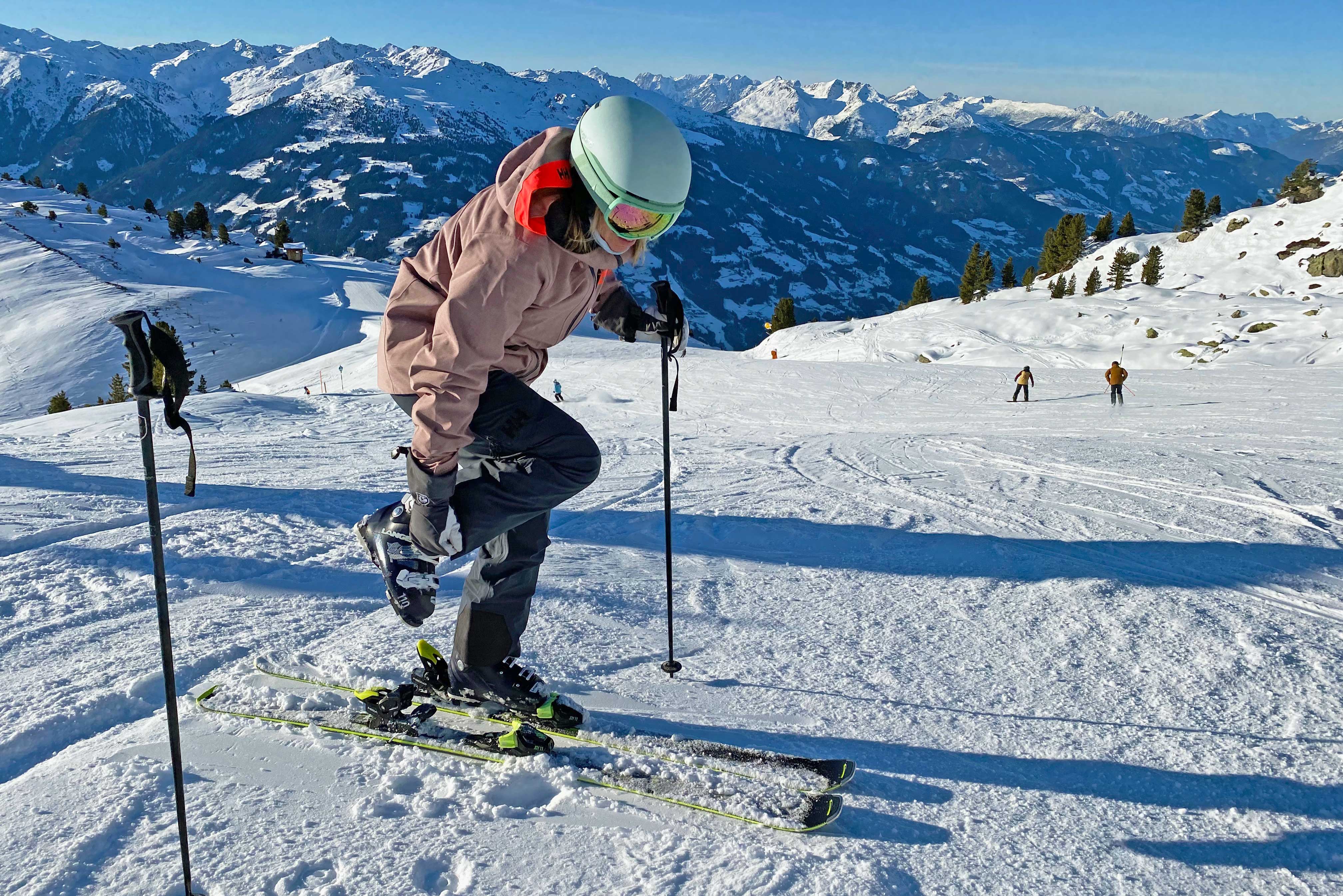

Since 1 November 2021, driving on winter tyres has been compulsory on certain roads in mountainous areas in France. If you drive without them and don't carry snow chains or snow socks, you risk a hefty fine, even if you are just in transit. Are you planning a winter holiday in France? Or do you need to cross France in order to reach another winter sports destination? In this blog, you can read all about winter tyres in France and when and where they are compulsory.
When are winter tyres compulsory in France?
Driving on winter tyres in winter may sound logical, but that was not the case in France for a long time. Whereas winter tyres have been obligatory in winter sports countries like Germany and Austria for a long time, in France, it was a different story. Much to the annoyance of the locals in mountain areas in particular. During heavy snowfall, there was always chaos, and serious accidents happened regularly. In 2016, a bill was introduced to make winter tyre driving compulsory. It was only approved in 2020 and has been official since November 2021. Since then, driving on winter tyres has been mandatory in France in winter conditions from 1 November to 31 March.

Where are winter tyres compulsory?
The winter tyre law does not apply throughout France but only in 34 departments in the five major mountain regions of Vosges, Jura, Alps, Pyrenees, Massif Central and Corsica (in almost 800 communes). The roads on which the winter tyre requirement applies are indicated by an oblong sign with a red border showing a mountain, the word ZONE, a suitcase with a tyre with a snow chain around it, and a winter tyre. Often with lower sign saying ‘Entrée de zone d’obligation d’équipements en période hivernale’.The end of the zone is indicated by the same sign (just with a black border) crossed out, with the words FIN de ZONE. The lower sign reads: ‘Sortie de zone d’obligation d’equipements en période hivernale’.
Important: in the rest of France, driving on winter tyres is not compulsory but is recommended during winter conditions.
What are the requirements for winter tyres in France?
Tyres are recognised as winter tyres in France (they are called 'pneus hiver' in French) if they carry the snowflake symbol (3PMSF, 3 Peak Mountain Snow Flake) and the designation M+S (M&S / MS). Winter tyres must be fitted on all four wheels. Until 1 November 2024, winter tyres with only M+S will also be approved. After that period, the same rules will apply to these tyres as summer tyres. We recommend going to French alpine regions only on winter tyres with the snowflake symbol. All-season tyres (4S, all weather, all season) have no legal definition to be considered winter tyres. They are only approved if they carry the stamp 3PMSF, the snowflake symbol or the letters M+S until 1 November 2024. Vehicles with studded tyres are exempt from these requirements.

Summer tyres with snow chains or snow socks
There is an exception to winter tyres regulation in France. You are allowed to drive on summer tyres with snow socks or snow chains in wintry conditions. Having snow chains or snow socks in the car is compulsory from 1 November to 31 March. We recommend always driving on winter tyres in French alpine regions in winter, as well as carrying a set of snow chains in the car.

Snow chains compulsory on some roads
In winter, snow chains are compulsory on some roads in the French mountain regions. If you are driving on winter tyres and the road is covered in snow or ice, you are obliged to put on snow chains if a road sign indicates this. This is a round blue sign snowing a tyre with a fitted snow chain. Below there is often a sign saying chaînes à neige obligatoires’. Snow chains must be fitted to at least two driven wheels. A maximum speed of 50 km/h then applies.
Why drive on winter tyres?
Winter tyres, as the name says, are tyres specially developed for driving in winter conditions (snow, ice, black ice, snow mud, etc.). Rubber has the property of hardening at low temperatures, which is why the composition of the rubber, or the compound in winter tyres, is modified. The modified rubber compound performs best at temperatures below 7 °C. Winter tyres also have extra high and deep treads for better grip. We recommend always driving on winter tyres in winter, even if they are not compulsory, as it is a lot safer!
Fines for driving without winter tyres in France
Winter tyres are compulsory for passenger cars, commercial vehicles, trucks, camper vans and coaches. Those who do not drive on winter tyres in France risk a €135 fine (£119).














